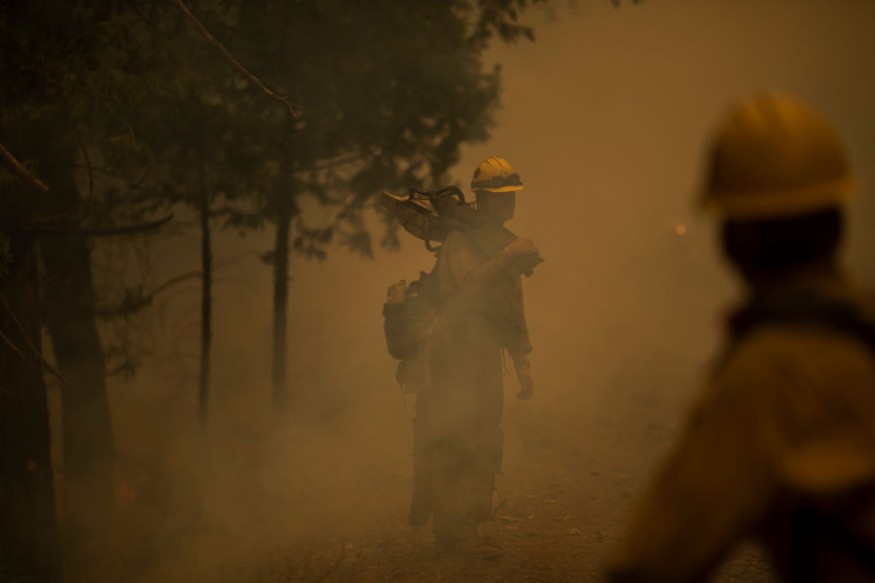As wildfires erupted across the Southwest US over recent days, local weather authorities have issued their latest fire weather advisories in some states in the south.
Climatic conditions that favor the emergence and spread of fires are the primary threats of the fire weather warnings, highlighting further risks in the drought-stricken US region.
Fire Weather Warning

On Thursday, April 28, the Storm Prediction Center (SPC) of the National Oceanic and Atmospheric Administration (NOAA) - National Weather Service (NWS) issued its latest fire weather warning that will affect some states in the Southern US.
Based on its fire weather outlook, there will be a risk of extremely critical fire weather conditions in southeast Colorado, Northeast New Mexico, western Oklahoma Panhandle, and southwest Kansas.
Some areas in the Northeast and the Mid-Atlantic are also at risk of the said hot weather.
The warning will be in effect from Friday to Saturday, April 29 to April 30.
Hotspot Areas
In southeastern Colorado, a mass of dry or warm air may lead to increased temperatures in the upper 70s by Friday afternoon.
In addition to dry fuels, the forecast projects that there will be a combination of strong surface winds and low relative humidity that can trigger extreme fire weather behavior during the period.
Meanwhile, the SPC stated that "efficient diurnal heating" of the dry air mass will result in increased relative humidity in the Northeast and Mid-Atlantic, wherein fine fuels continue to dry.
These conditions and the northwesterly surface winds will also lead to elevated fire weather conditions in the afternoon.
What is Fire Weather?
The NOAA - NWS defines fire weather as parameters used by meteorologists such as relative humidity, wind direction, wind speed, soil moisture, and warm to hot temperatures to determine the weather conditions that are favorable for fire growth.
The US meteorologists also consider the mixture of dry fuels and weather conditions to analyze fire behavior or fire ignition.
In addition, the natural phenomenon of drought is often considered and affects the occurrence of wildfires.
After acquiring the necessary climatic conditions, the US weather agency will then coordinate with local fire and land managers at the State Forestry Commissions or US Forest Service to take the necessary action plan.
US Wildfires
The fire weather warning was issued several days after deadly wildfires broke out in several US communities in the Southwest US.
These natural disasters include the "Tunnel Fire" in Coconino County, Arizona; "Calf Canyon Fire" and "Hermits Peak Fire" in New Mexico; and the "Road 702 Fire" in Nebraska.
The NOAA's National Integrated Drought Information System (NIDIS) on April 22 issued a drought warning for a dry spell in the Intermountain West region of the country.
Aside from wildfires, previous reports also show that drought over recent years has continued to affect the water supply in the Western US, which includes the states of California, Arizona, Nevada, New Mexico, Utah, Oregon, Idaho, Montana, and Washington, as per The New York Times.
In Utah, water levels have significantly decreased at the Great Salt Lake, the largest saltwater lake in the Western Continental US.
© 2025 NatureWorldNews.com All rights reserved. Do not reproduce without permission.





